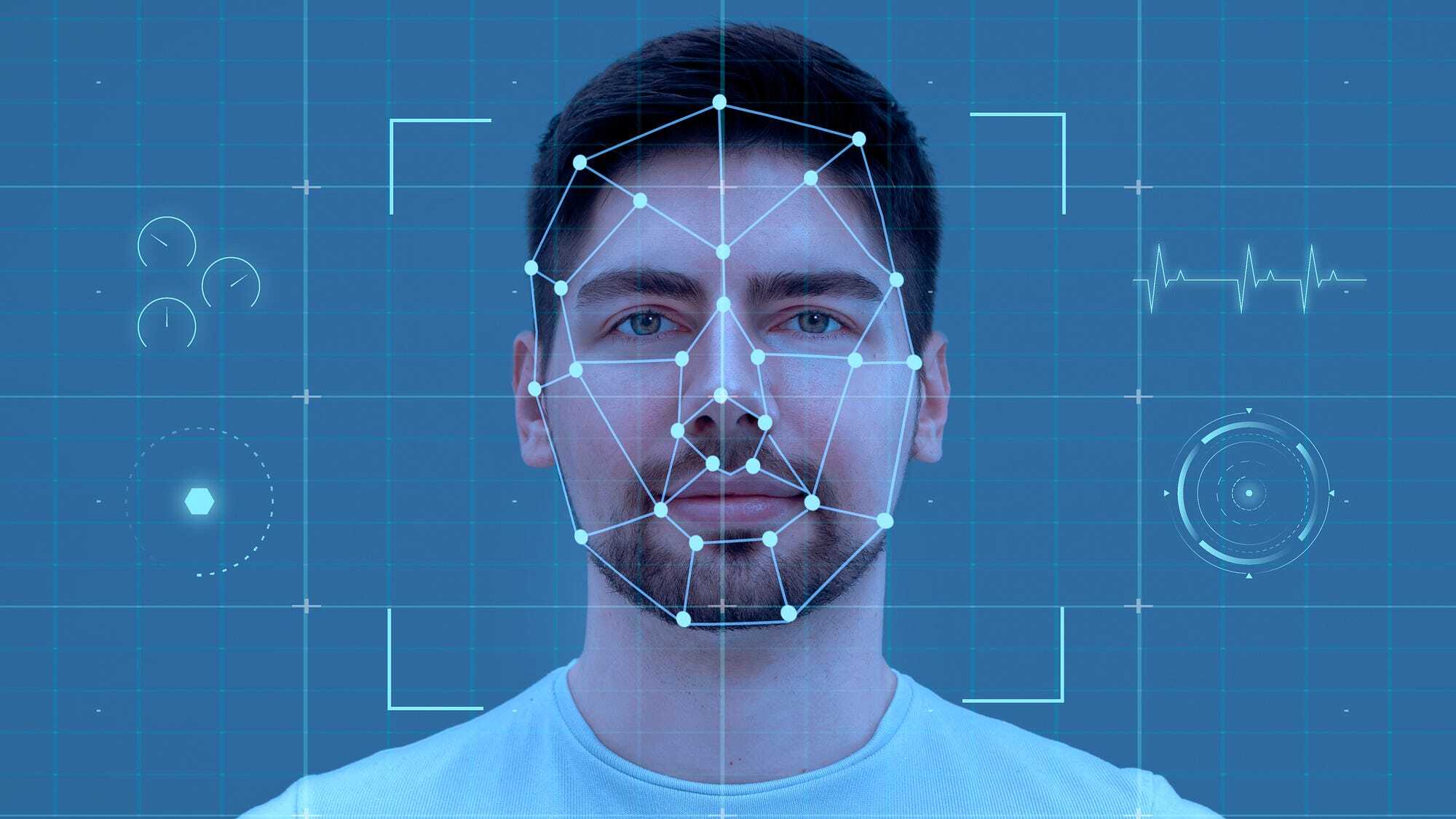
Facial recognition technology has become a significant part of our daily lives. From unlocking smartphones to enhancing security at airports, its applications are vast and varied. But how much do you really know about this cutting-edge tech? Facial recognition uses unique facial features to identify or verify a person’s identity. It’s not just about snapping a photo; it involves complex algorithms and machine learning. This technology can be both fascinating and controversial, raising questions about privacy and ethics. Whether you’re curious about its history, how it works, or its future implications, here are 32 intriguing facts that will give you a deeper understanding of facial recognition.
Key Takeaways:
- Facial recognition technology uses biometrics to identify people by their unique facial features. It has diverse applications, from enhancing security to offering personalized experiences in retail and travel.
- Despite its benefits, facial recognition technology raises concerns about privacy, accuracy, and bias. The future holds promise for more accurate and widespread integration, but also calls for careful regulation and ethical considerations.
What is Facial Recognition?
Facial recognition technology identifies or verifies a person's identity using their face. It has become increasingly popular in various sectors, from security to social media. Here are some fascinating facts about this technology.
-
Facial recognition uses biometrics to map facial features. It compares the information with a database to find a match.
-
The technology can identify people in real-time. This is especially useful for security purposes in crowded places like airports and concerts.
-
Facial recognition systems can work even in low light. Advanced algorithms can enhance images to identify faces in poor lighting conditions.
History of Facial Recognition
Understanding the history of facial recognition helps appreciate its evolution and current capabilities. Here are some key milestones.
-
The concept dates back to the 1960s. Woody Bledsoe, Helen Chan Wolf, and Charles Bisson developed the first semi-automated system.
-
In the 1990s, facial recognition saw significant advancements. The introduction of the Eigenface method improved accuracy and speed.
-
The 2000s brought facial recognition to the masses. With the rise of digital cameras and social media, the technology became more accessible.
Applications of Facial Recognition
Facial recognition isn't just for unlocking phones. Its applications are diverse and growing.
-
Law enforcement agencies use it to identify suspects. It helps solve crimes faster by matching faces with criminal databases.
-
Airports use facial recognition for security checks. It speeds up the boarding process and enhances security.
-
Retail stores use it for personalized shopping experiences. It can identify loyal customers and offer tailored promotions.
Benefits of Facial Recognition
The technology offers numerous benefits, making it a valuable tool in various fields.
-
It enhances security. Facial recognition can prevent unauthorized access to secure areas.
-
It improves customer experience. Personalized services make shopping and traveling more enjoyable.
-
It speeds up processes. From boarding flights to checking into hotels, facial recognition saves time.
Concerns and Controversies
Despite its benefits, facial recognition technology has sparked debates and concerns.
-
Privacy issues are a major concern. People worry about how their facial data is collected and used.
-
There are concerns about accuracy. Misidentifications can have serious consequences, especially in law enforcement.
-
Bias in facial recognition algorithms is a hot topic. Studies have shown that the technology can be less accurate for people of color.
Future of Facial Recognition
The future of facial recognition looks promising, with continuous advancements and new applications.
-
Facial recognition will become more accurate. Ongoing research aims to reduce errors and biases.
-
It will be integrated into more devices. From smart homes to wearable tech, facial recognition will be everywhere.
-
New applications will emerge. The technology will find its way into healthcare, education, and other sectors.
Fun Facts about Facial Recognition
Here are some lighter, fun facts about facial recognition that you might not know.
-
Some animals can recognize human faces. Studies show that sheep and pigeons can identify familiar human faces.
-
Facial recognition can detect emotions. Advanced systems can analyze facial expressions to determine how someone feels.
-
It can identify identical twins. Despite their similarities, facial recognition can tell twins apart.
Facial Recognition in Pop Culture
Facial recognition has also made its mark in movies, TV shows, and literature.
-
Movies like "Minority Report" showcase futuristic uses. The film depicts a world where facial recognition is part of everyday life.
-
TV shows like "Person of Interest" feature it prominently. The show revolves around a system that uses facial recognition to prevent crimes.
-
Books like "1984" by George Orwell predicted its rise. The novel explores themes of surveillance and privacy.
Facial Recognition and Social Media
Social media platforms have embraced facial recognition, making it a part of our daily lives.
-
Facebook uses it to tag friends in photos. The platform's algorithm can identify faces and suggest tags.
-
Snapchat filters rely on facial recognition. The app uses the technology to apply fun filters to users' faces.
-
Instagram uses it for security. Facial recognition helps verify user identities and prevent unauthorized access.
Legal Aspects of Facial Recognition
The legal landscape surrounding facial recognition is complex and evolving.
-
Some countries have strict regulations. The European Union's GDPR includes provisions for biometric data.
-
In the U.S., laws vary by state. Some states have enacted laws to regulate the use of facial recognition.
-
There are calls for federal regulation. Advocates argue that national laws are needed to protect privacy and ensure fairness.
Facial Recognition in Everyday Life
Facial recognition is becoming a part of our daily routines in surprising ways.
-
Smartphones use it for unlocking. Many modern phones feature facial recognition for added security.
-
Smart home devices use it for personalization. Devices like smart speakers can recognize different users and provide customized responses.
Final Thoughts on Facial Recognition
Facial recognition technology has come a long way, impacting various aspects of our lives. From enhancing security to personalizing user experiences, its applications are vast. However, it's not without concerns. Privacy issues and potential misuse remain hot topics. Balancing innovation with ethical considerations is crucial. As this technology continues to evolve, staying informed about its benefits and risks is essential. Understanding how it works and its implications helps us navigate its presence in our daily lives. Whether you're fascinated by its capabilities or wary of its reach, facial recognition is here to stay. Embrace the knowledge, weigh the pros and cons, and make informed decisions. This tech isn't just a futuristic concept; it's a part of our present reality. Stay curious, stay informed, and keep an eye on how facial recognition shapes our world.
Frequently Asked Questions
Was this page helpful?
Our commitment to delivering trustworthy and engaging content is at the heart of what we do. Each fact on our site is contributed by real users like you, bringing a wealth of diverse insights and information. To ensure the highest standards of accuracy and reliability, our dedicated editors meticulously review each submission. This process guarantees that the facts we share are not only fascinating but also credible. Trust in our commitment to quality and authenticity as you explore and learn with us.


